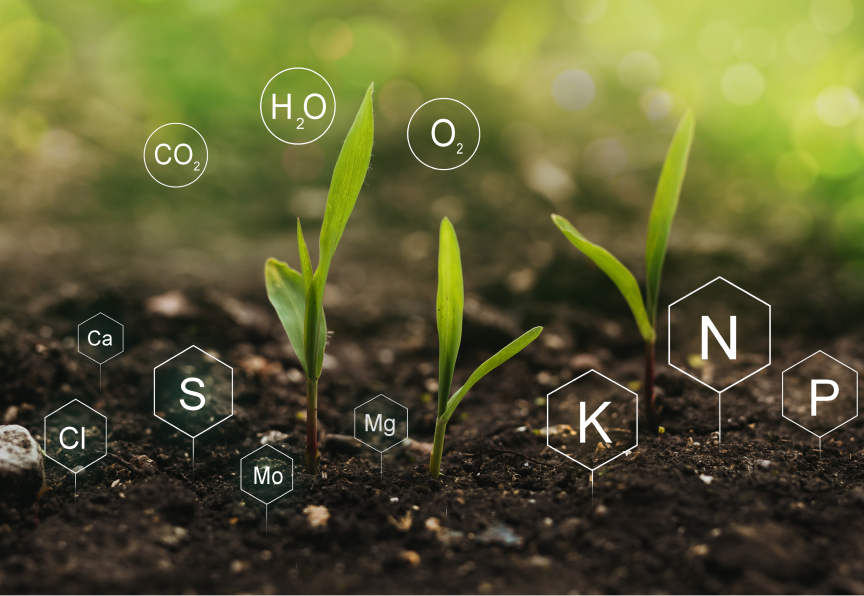In modern agriculture, maximizing crop yields while maintaining sustainability is a key challenge. Integrated Nutrient Management (INM) serves as a beacon of hope for achieving this delicate balance. This comprehensive approach to nourishing crops encompasses various practices aimed at optimizing nutrient availability, utilization, and efficiency. In this blog post, we delve into the significance of Integrated Nutrient Management and its pivotal role in sustainable agriculture.
What is Integrated Nutrient Management (INM)
Integrated Nutrient Management (INM) is a holistic strategy that focuses on the rational utilization of organic, inorganic, and biological sources of plant nutrients. It integrates the principles of soil science, agronomy, and environmental sustainability to enhance nutrient availability and improve soil health. INM aims to achieve balanced fertilization while minimizing environmental degradation and ensuring long-term agricultural productivity.
Components of Integrated Nutrient Management
Organic Inputs: Organic sources, including compost, farmyard manure, green manure, and crop residues, play a vital role in INM. They improve soil structure, enhance water retention capacity, and provide a steady release of nutrients, thus promoting long-term soil fertility.
Inorganic Fertilizers: Synthetic fertilizers are used to supplement the nutrient requirements of crops, particularly when organic sources alone may not meet the demands. However, their usage must be reasonable to prevent nutrient imbalances and environmental pollution.
Bio-fertilizers: Biological agents like rhizobium, mycorrhizae, and nitrogen-fixing bacteria foster symbiotic relationships with plants, aiding in nutrient uptake and enhancing soil fertility. Bio-fertilizers contribute to sustainable agriculture by reducing the dependency on chemical inputs and promoting ecological balance.
Soil Testing and Nutrient Management Planning: Regular soil testing is important for farmers. It helps them understand the nutrient levels and pH of their soil. This information allows them to customize their fertilization methods based on the specific needs of their crops. Nutrient management plans based on soil test results facilitate precise nutrient application, minimizing waste and maximizing efficiency.
Importance of Integrated Nutrient Management
Enhanced Soil Health: INM practices enhance soil structure, texture, and fertility, creating an ideal environment for robust plant growth and development. Healthy soils, thriving with beneficial microorganisms, contribute to sustainable crop production and enhance resilience against pests and diseases.
Optimized Nutrient Utilization: By combining organic, inorganic, and biological inputs, INM ensures a balanced supply of essential nutrients throughout the crop’s growth stages. This optimizes plant nutrient uptake, reducing nutrient losses to leaching or volatilization and maximizing fertilizer efficiency.
Sustainable Crop Production: INM promotes sustainability by minimizing the environmental impacts of conventional fertilization practices. It mitigates soil erosion, reduces nutrient runoff into water bodies, and curtails greenhouse gas emissions, thus safeguarding ecosystems and natural resources for future generations.
Economic Viability: INM enhances crop yields and quality and offers economic benefits to farmers. By improving nutrient use efficiency and reducing input costs over the long term, INM contributes to higher profitability and resilience in the face of fluctuating market conditions.
Conclusion
Integrated Nutrient Management (INM) is a vital aspect of sustainable agriculture. It offers a holistic approach to nutrient management that balances productivity, environmental stewardship, and economic viability. INM involves combining organic, inorganic, and biological inputs to achieve food security, mitigate climate change, and promote resilient agricultural systems worldwide. INM is not just an option, but a necessity for safeguarding the future of our planet and ensuring food for all.
